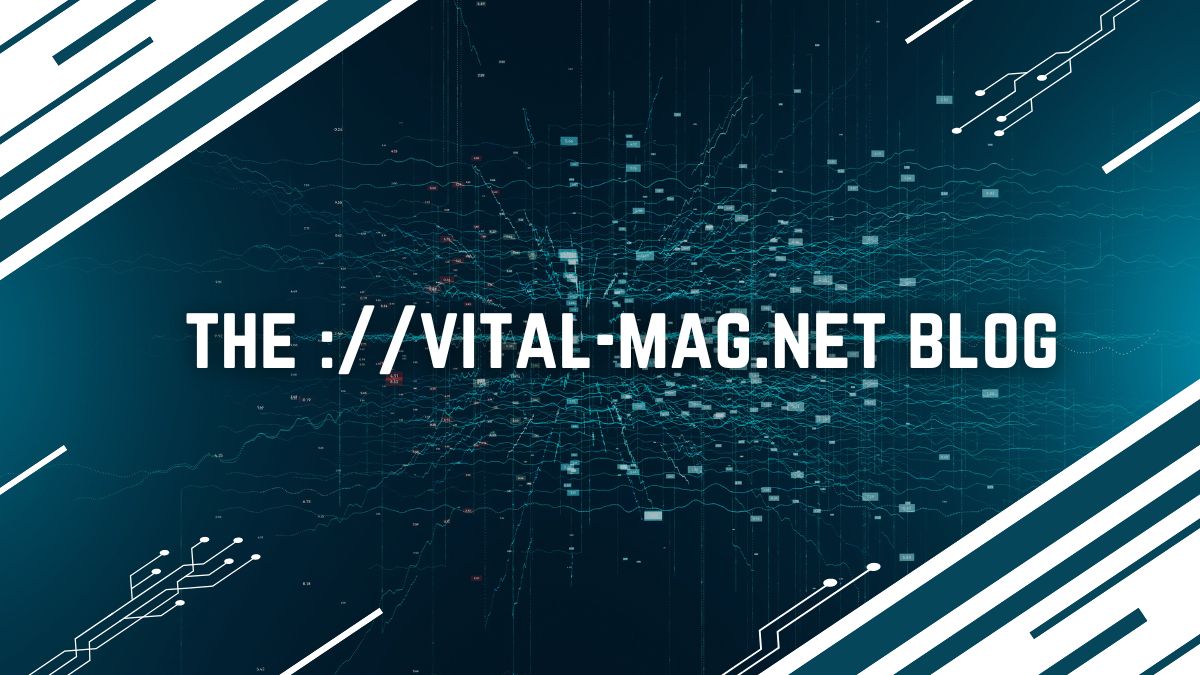Early Beginnings: The Foundation of a Leader
Brook Taube’s story begins in the bustling corridors of prestigious universities where he honed his skills and nurtured his ambitions. An alumnus of Harvard University, Taube’s academic background provided a robust foundation, but it was his entrepreneurial spirit that set him apart. Early in his career, he co-founded several successful ventures, demonstrating an uncanny ability to identify opportunities and leverage them to create value.
One of the first lessons from Taube’s journey is the importance of education coupled with practical experience. While formal education provides the theoretical groundwork, real-world experience teaches adaptability and resilience—traits essential for effective leadership.
Embracing Risk and Innovation
A hallmark of Brook Taube’s career is his willingness to embrace risk and champion innovation. In the high-stakes world of investment, playing it safe is rarely an option for those who aspire to greatness. Taube’s ventures often involved calculated risks, whether it was investing in underperforming assets or pioneering new financial instruments.
For leaders, this translates to the need for a balanced approach to risk—one that involves thorough analysis and an openness to innovation. Taube’s success underscores that calculated risks, when managed effectively, can lead to extraordinary rewards.
Building and Leading Effective Teams
No leader can achieve success alone, and Brook Taube’s accomplishments are a testament to the power of effective teamwork. Throughout his career, he has placed significant emphasis on building strong, capable teams. His leadership style is characterized by empowering others, fostering collaboration, and maintaining a clear vision.
A critical lesson here is the importance of recognizing and nurturing talent. Effective leaders understand that their success is intertwined with the success of their teams. By creating an environment where team members feel valued and motivated, leaders can drive collective success.
Adaptability and Continuous Learning
The financial landscape is constantly evolving, and Brook Taube’s ability to adapt has been a key factor in his sustained success. He has continuously evolved his strategies to stay ahead of market trends and economic shifts. This adaptability is rooted in a commitment to continuous learning.
For aspiring leaders, this highlights the necessity of staying informed and flexible. The willingness to learn and adapt is crucial in navigating the complexities of modern business environments. Leaders who embrace lifelong learning are better equipped to make informed decisions and steer their organizations through change.
Ethical Leadership and Integrity
In an industry often scrutinized for ethical lapses, Brook Taube’s career stands out for its commitment to integrity. His approach to leadership emphasizes ethical decision-making and maintaining trust. This principle has not only earned him respect but also fostered long-term success.
Leaders must prioritize ethical considerations in their decision-making processes. Integrity builds trust, and trust is the cornerstone of sustainable success. By leading with honesty and transparency, leaders can cultivate a positive reputation and inspire loyalty.
Conclusion
Brook Taube’s journey from a Harvard graduate to a billion-dollar mogul offers a masterclass in leadership. His story underscores the importance of education, the willingness to embrace risk and innovation, the power of effective teamwork, the necessity of adaptability, and the paramount importance of ethical leadership. Aspiring leaders can draw invaluable lessons from Taube’s career, applying these principles to navigate their own paths to success.
FAQs
1. What is Brook Taube’s educational background? Brook Taube is an alumnus of Harvard University, where he gained a solid foundation in finance and investment principles.
2. How did Brook Taube start his career? Brook Taube began his career by co-founding several successful ventures, leveraging his education and entrepreneurial spirit to identify and capitalize on opportunities.
3. What is a key principle of Brook Taube’s leadership style? A key principle of Brook Taube’s leadership style is the emphasis on building and leading effective teams, empowering team members, and fostering collaboration.
4. How does Brook Taube approach risk in his ventures? Brook Taube embraces calculated risks, thoroughly analyzing opportunities and being open to innovation to achieve extraordinary rewards.
5. Why is ethical leadership important according to Brook Taube’s career? Ethical leadership is crucial as it builds trust and a positive reputation, which are essential for long-term, sustainable success.
Brook Taube’s career offers a blueprint for effective leadership in any field. By embracing these lessons, aspiring leaders can not only achieve success but also inspire and empower those around them, creating a legacy of excellence and integrity.

